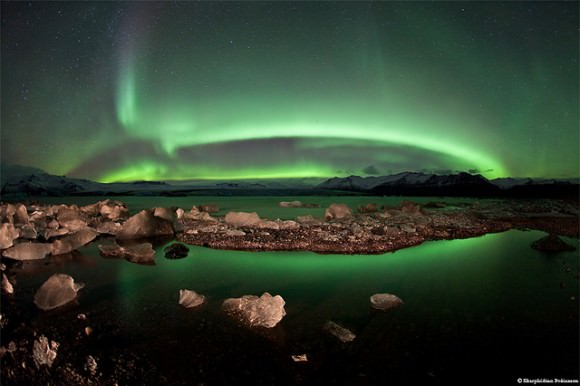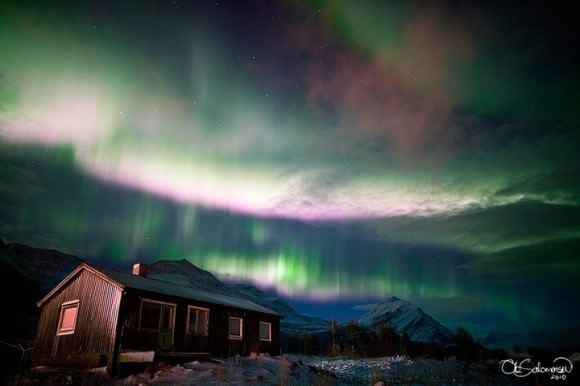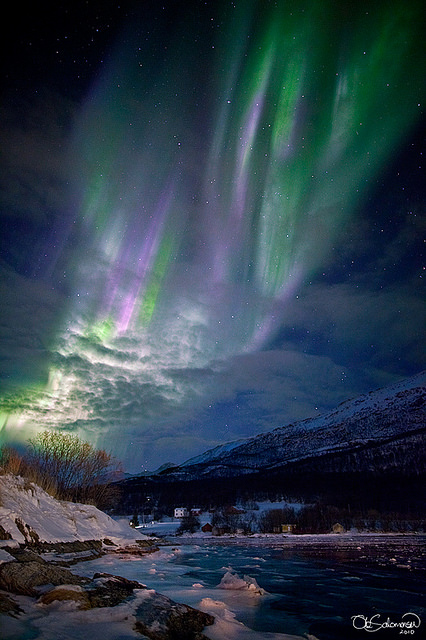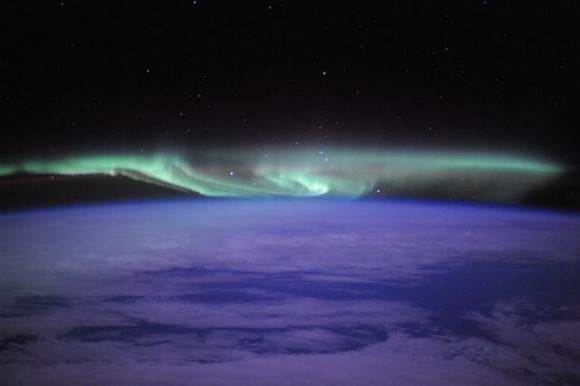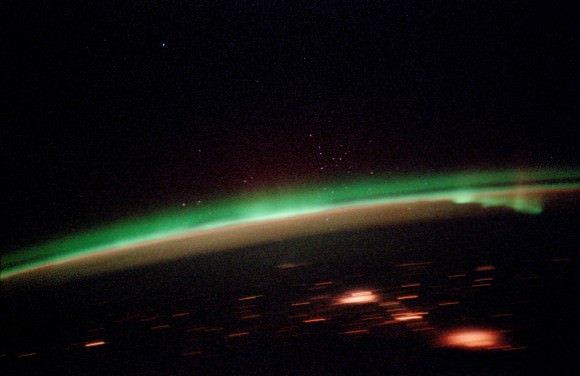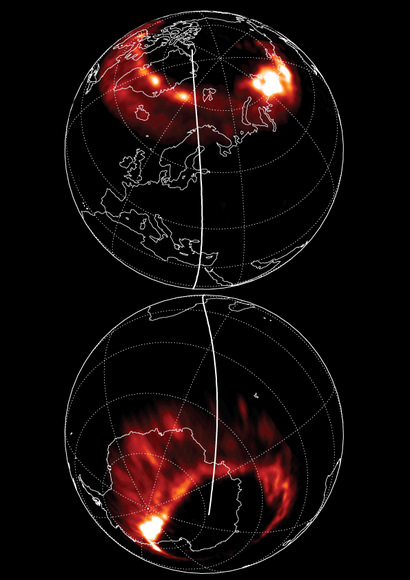Spring is aurora season! ask why? scientists don't really know too.
For reasons not fully understood by scientists, the weeks around the vernal equinox are prone to Northern Lights. When Canadians walking their dogs after dinner, Scandinavians popping out to the sauna, Alaskan Huskies on the Iditarod trail -- all they have to do is look up and behold, the green curtains of light dancing across the night sky. It's the Borealis!
This is a bit of a puzzle. Auroras are caused by solar activity, but the sun doesn't know what season it is on Earth. So how could one season yield more auroras than another?
"There's a great deal we don't understand about auroras," says UCLA space physicist Vassilis Angelopoulos. For instance, "Auroras sometimes erupt with little warning and surprising intensity. We call these events 'sub-storms,' and they are a big mystery." What triggers the eruptions? Where is sub-storm energy stored? (It has to gather somewhere waiting to power the outburst.)
And, of course, why springtime, why not on autumn or summertime?
To answer these questions and others, NASA has deployed a fleet of five spacecraft named THEMIS (short for "Time
History of Events and Macroscale Interactions during Substorms") specially instrumented to study auroras. Angelopoulos is the mission's principal investigator.
Auroras are much more than just pretty lights in the sky. Auroras has many mysteries to discover. Underlying each display is a potent geomagnetic storm with possible side-effects ranging from satellite malfunctions in orbit to power outages on terra firma. Telecommunications, air traffic, power grids and GPS systems are all vulnerable. In a society that relies increasingly on space technology, understanding these storms is vital.
THEMIS may have found the storm's power supply:
"The satellites have detected magnetic 'ropes' connecting Earth's upper atmosphere directly to the sun," says Dave Sibeck, project scientist for the mission at the Goddard Space Flight Center. "We believe that solar wind particles flow in along these ropes, providing energy for geomagnetic storms and auroras." Sibeck likens them to ropes because the magnetic fields in question are organized much like the twisted hemp of a mariner's rope. Solar wind particles flow along the ropes in whirligig trajectories leading from the sun to Earth. That's so amazing, right? A magnetic ropes which made connection between the atmoshpere and sun. It means if we can learn and know the see the working way of this rope, we can predict when Auroras will appear on certain time.
Which brings us back to spring.
It turns out that magnetic connections between the sun and Earth are favored in springtime. It's a matter of geometry: As Earth goes around in its orbit, Earth's magnetic poles wobble back and forth. (The poles don't really wobble, but the combination of Earth's 23-degree polar tilt plus orbital motion makes the poles seem wobble from the solar point of view.) Around the time of the equinox, Earth's magnetic field is best oriented for "connecting-up" with the sun, opening the door for solar wind energy to flow in and spark Northern Lights.
But wait, there are two equinoxes, spring and fall, with similar magnetic geometry. Indeed, autumn is aurora season, too. Geomagnetic disturbances are almost twice as likely in spring-fall versus winter-summer, according to historical records.
One thing is certain, though. 'This the season for auroras -- and lots of data for THEMIS. Says Sibeck, "We welcome the spring!"
|
taken by A Norwegian, on February 5th in Brandbu. Althought not on spring but on winter, the Aurora still beauty |
|
taken on February 5th too, in Oslo |
